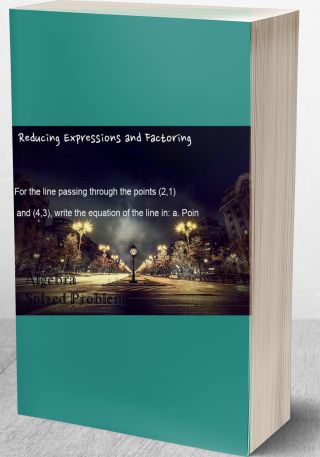Solution) The following tables show a utility schedule for a consumer’s purchases of food and clothing. Fo
Question: The following tables show a utility schedule for a consumer’s purchases of food and clothing.
| Food (pounds/day) | Total Utility (units) | Marginal Utility (units) | Marginal Utility per dollar spent |
| 0 | 0 | ----- | |
| 1 | 25 | 25 | |
| 2 | 41 | 16 | |
| 3 | 53 | ||
| 4 | 62 | ||
| 5 | 68 | ||
| 6 | 72 |
| Clothing (pieces/day) | Total Utility (units) | Marginal Utility (units) | Marginal Utility per dollar spent |
| 0 | 0 | ---- | |
| 1 | 20 | 20 | |
| 2 | 34 | ||
| 3 | 44 | ||
| 4 | 50 | ||
| 5 | 54 | ||
| 6 | 57 |
Complete the columns labeled Marginal Utility in each of the tables above.
Suppose that this consumer has an income of $20, the price of a pound of food is $3 and the price of a piece of clothing is $2. Also, assume that she attempts to maximize her utility subject to her budget constraint. (This means that she will try to maximize her satisfaction while spending ALL of her income.)
a) Complete the last column in the tables above using these prices.
b) Use the utility-maximizing rule to determine the number of units of food and clothing that this consumer demands under these conditions. SHOW ALL WORK FOR FULL CREDIT.
c) Now suppose the price of food increases to $4 per pound, ceteris paribus. How many units of food and clothing will the consumer demand now?
d) Use the results from (ii) and (iii) above to graph a possible demand curve for food. Note that this is the demand for food, not clothing. Remember to label the axes.
Solution Format: Word Document


![[Solution] A product can be produced at a total cost C(x)=800+300x^2+x^3 dollars, where x is the number produce #6131 Other Economics](/images/downloads-images/featured/Economics-question-6115.jpg)
![[Solution] Illustrate a perfectly competitive firm in equilibrium, and illustrate the changes ensuing from an i #28196 Other Economics](/images/downloads-images/featured/Economics-question-10814.jpg)
![[Solution] If the cost function is C = 100 + 40x, and the revenue function is R = 200x - 10x2, find the price p #11301 Other Economics](/images/downloads-images/featured/Economics-question-24730.jpg)
![[Solution] Using the concepts in Chapter 7’s discussion of consumer behavior, explain how health care insurance #21010 Other Economics](/images/downloads-images/featured/Economics-question-27692.jpg)

